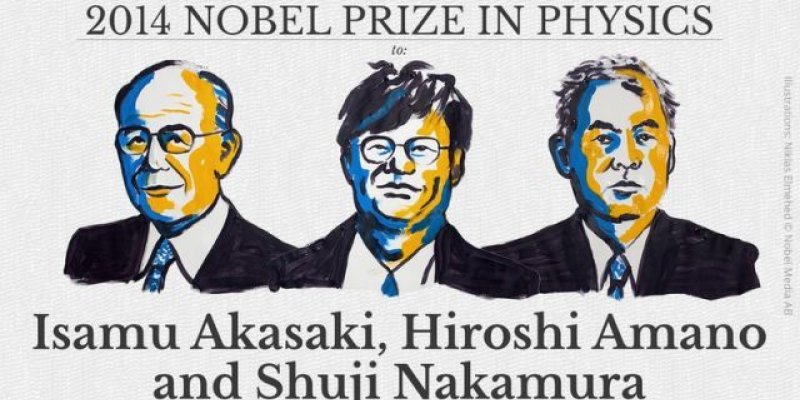This year’s Nobel Prize for physics has been awarded to Isamu Akasaki, Hiroshi Amano and Shuji Nakamura “for the invention of efficient blue light-emitting diodes which has enabled bright and energy-saving white light sources,” The Royal Swedish Academy of Sciences said in a press release on the Nobel Prize website.
BREAKINGNEWS #Nobelprize2014 Physics to Isamu Akasaki, Hiroshi Amano @NagoyaUniv_info Shuji Nakamura @ucsantabarbara pic.twitter.com/hgbABOxUlm
— The Nobel Prize (@NobelPrize) October 7, 2014
The committee said the trio’s work is in keeping with the spirit of Alfred Nobel, the founder of the prize, because LED lights have ushered in a new energy- and environmentally-friendly light source.
Isamu Akasaki works at the Meijo University, Nagoya, Japan and Nagoya University, Japan, Hiroshi Amano at Nagoya University, Japan, while Shuji Nakamura works at University of California, Santa Barbara, CA, USA.
The Nobel prizes in chemistry, literature and economic sciences will be announced later this week, as will the Nobel Peace Prize.
Akasaki is an 85-year old professor at the Meijo university and also serves as a distinguished professor at Nagoya university. Akasaki has been carrying out extensive research on the obstacles facing high performance blue LEDs and lasers for over fifty years. He is a past recipient of the Kyoto Prize for Advanced Technology (2009) and the IEEE Edison Medal (2011)
Amano is a 54-year old professor at Nagoya university.
The official Nobel Prize website explains that Isamu Akasaki, Hiroshi Amano and Shuji Nakamura had made bright blue light beams in the 1990’s using semi-conductors, leading to rapid change in light technology as red and green diode’s have been in use for a long time, but blue light is the only way to create white lights.
Their achievement is considered helpful as 25% of the world’s electricity is used for lighting with LED helping to save resources as LED lights lasts up to 100,ooo hours as against the 1,000 hours for incandescent and 10,000 for fluorescent lights. The LED’s can also be helpful to over 1.5 billion people who do not have electricity grid as it requires little power.







